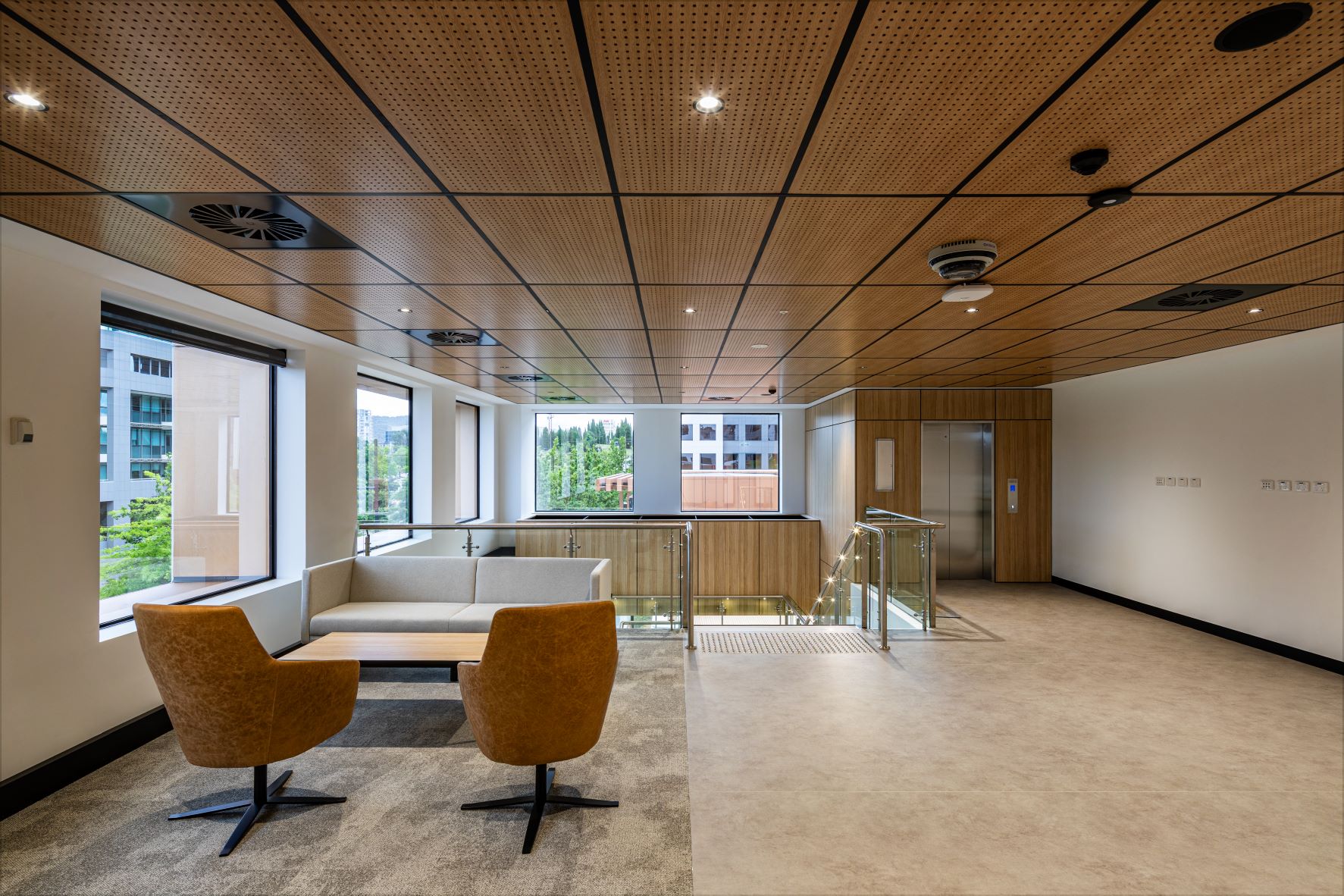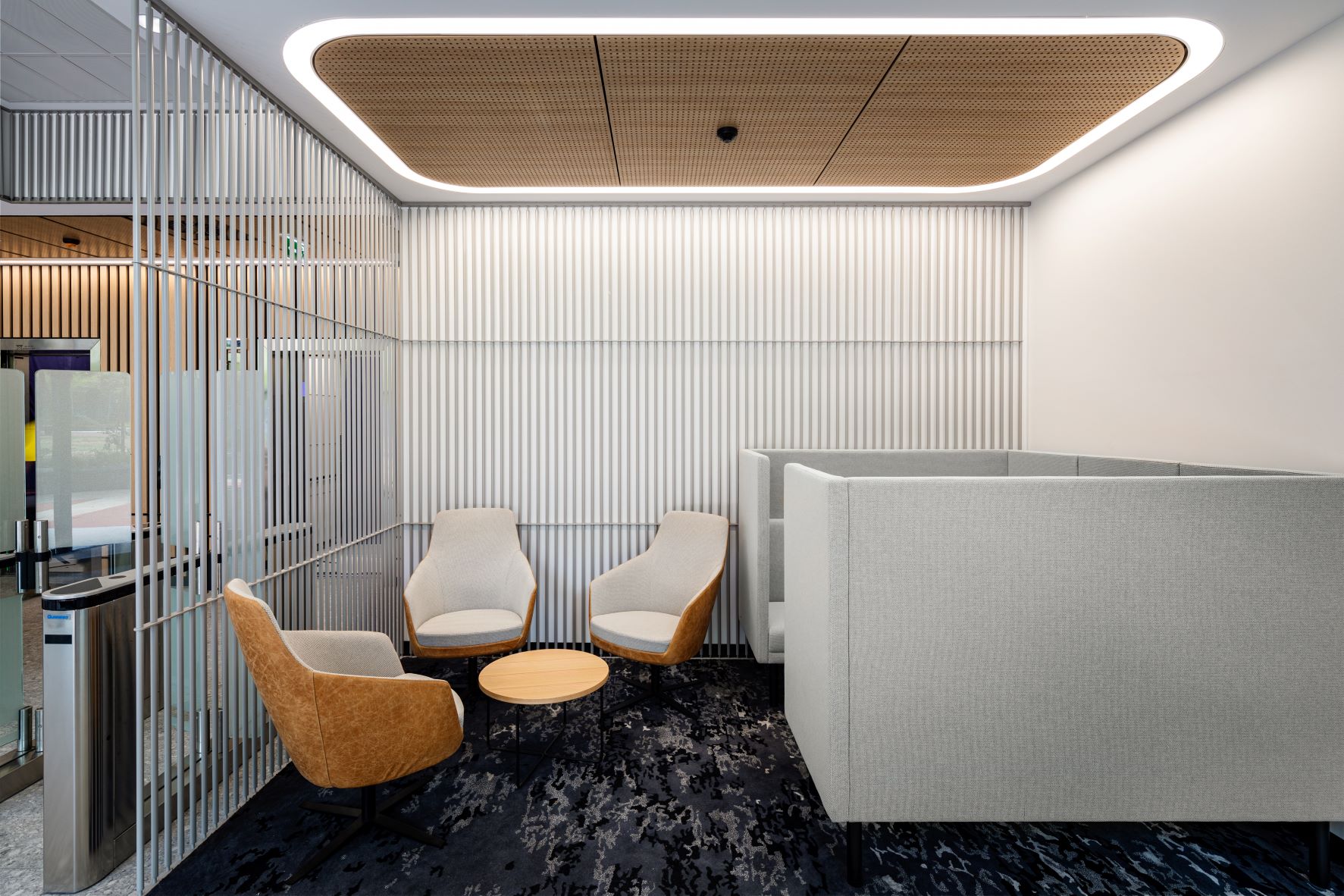Fire compliance is a hot topic in our industry right now. The ambiguities surrounding the recent NCC 2019 beg us to ask, “How reliable are CodeMark Certificates and Fire Engineering Assessments?”.
Why is there still ambiguity regarding the changes to NCC 2019?
Since the 2019 NCC/BCA came into effect, a lot of confusion and disinformation still surrounds the fire compliance of interior linings used in commercial buildings, as outlined in C1.10 in Volume 1 of the NCC.
The main reason for this ambiguity is that Part C1.10 and Specification C1.10 both refer to "assemblies" and "lining systems", but these are not defined in the regulations.
The BCA also needs to clarify how to determine if a particular fire engineer has sufficient knowledge or experience for the required decision.
In the case of a lining product like fire-resistant timber acoustic panels, for example, few fire engineers have experience and expertise in fire testing of slotted, perforated, or slatted acoustic panelling (like fire retardant timber acoustic panels).
Place your trust in a product manufacturer like SUPAWOOD, which uses fire tests and assessments from NATA or IANZ-accredited laboratories, who are highly experienced in this specific product niche, and use fire compliance test methodologies peer-reviewed and ISO 17025 certified.
How reliable are Fire Engineering Assessments?
Anyone with a fire safety engineering qualification and general fire safety engineering experience can register under the DBPA (in the case of NSW) and write a fire engineering assessment.
The issue with unchecked fire engineering assessments is that they open more opportunities for discrepancies in the testing benchmark and performance of tested products.
Without more stringent checks and transparency around testing standards by authorities, Fire Engineer’s testing methodologies and evaluation results may vary significantly.
Some examples of incorrect Fire Engineering Assessments include those that need to adequately describe the panel's physical attributes and fix the tested system, including whether there is an air gap behind the panel.


How reliable are CodeMark Certificates?
On the face of it, a CodeMark is the most reliable form of a certificate available in the marketplace. The ABCB endorses the CodeMark scheme as the preferred route to the most reliable fire certificate.
The downside is that a CodeMark certificate can be withdrawn at any time.
As of the writing of this article, 56 CodeMark certificates have been withdrawn or are suspended, over against just 201 CodeMark certificates that are still valid.
ABCB themselves point out that while the CodeMark scheme confirms that a product meets Australian NCC requirements, a certified product can be used in a non-compliant way once it arrives on site. So there is still room for error on behalf of the installer or designer.
For example, the CodeMark certificate for a common fire intumescent paint requires a specified thickness of paint to be applied to the edges of all holes and slots, which is practically impossible to be done on-site, but this is being done by site applicators regularly.
Hence, the compliant application of the product is just as important as procuring certified fire-compliant products.
Conclusion
SUPAWOOD's commitment to fire compliance goes above and beyond supplying a piece of paper to ensure that any fire test or fire assessment we supply will match the actual installation and the system supplied to the site, as well as design support at any stage of the project.
SUPAWOOD will only use fire tests and assessments from NATA or IANZ-accredited laboratories. We believe that only these fire engineers have experience in real-life testing situations, using peer-reviewed test methodologies and are ISO 17025 certified.
SUPAWOOD architectural lining systems fully comply with the relevant NCC/BCA standards in all respects: Reaction to Fire, Non-Combustibility, Seismic, Acoustic, and Sustainability. We are known for this and for providing clear and concise information to design and building professionals.
SUPAWOOD's Approach
SUPAWOOD is the “compliance company”. Whether it be product compliance for acoustic, fire, seismic, or sustainability requirements, SUPAWOOD architectural lining systems are guaranteed to meet the needs of the appropriate building regulations.
SUPAWOOD products are extensively tested within the company’s testing facilities and with independent Certified Engineers, supported by test results and compliance certificates that can be relied upon even if required to be tested in court.
Proof of this is seen in our fire certificates, which are published in detail on our website. Nothing is concealed.
Please click here if you would like more information or a free consultation on NCC 2019 or NCC 2022 changes or would like us to help you with a current project.
Disclaimer: All the information on this website - www.supawood.com.au - is published in good faith and for general information purpose only. Supawood does not make any warranties about the completeness, reliability, and accuracy of this information. Any action you take upon the information you find on this website (Supawood), is strictly at your own risk. Supawood will not be liable for any losses and/or damages in connection with the use of our website.
From our website, you can visit other websites by following hyperlinks to such external sites. While we strive to provide only quality links to useful and ethical websites, we have no control over the content and nature of these sites. These links to other websites do not imply a recommendation for all the content found on these sites. Site owners and content may change without notice and may occur before we have the opportunity to remove a link that may have failed.
Consent: By using our website, you hereby consent to our disclaimer and agree to its terms.
